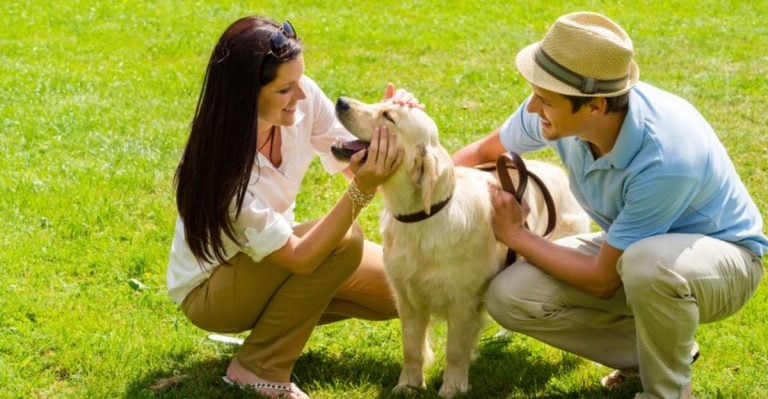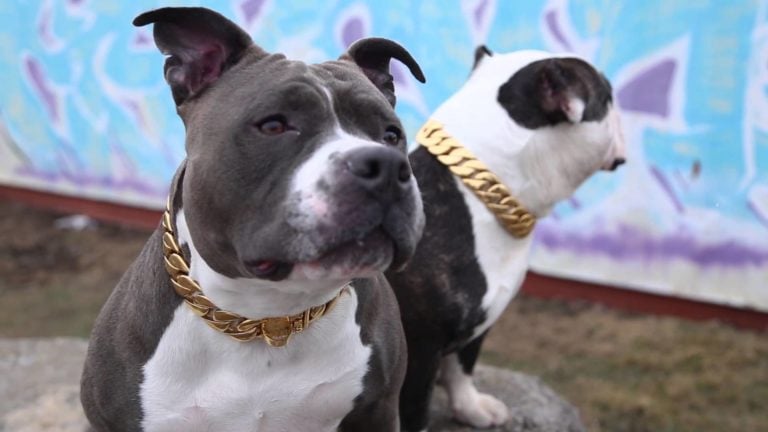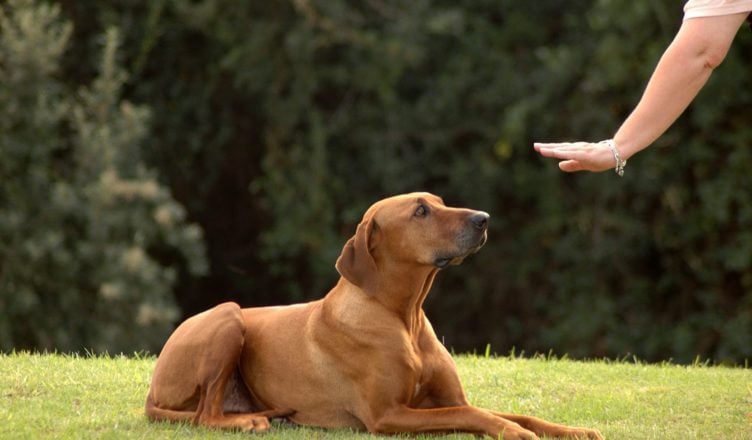10 Small Things You Do That Deepen a Dog’s Trust Without You Knowing
Trust is the foundation of any deep connection—and that includes the bond between you and your dog. But unlike humans, dogs don’t rely on grand gestures or long heart-to-hearts to feel secure.
In fact, the little things you do every day might mean more to your dog than you realize. A calm voice, a gentle touch, or simply sticking to a routine can quietly reinforce their faith in you.
What’s amazing is that these moments often go unnoticed by us, but to your dog, they’re loud and clear signs that they’re safe, loved, and understood.
This article explores ten seemingly small actions that help build your dog’s trust—even when you’re not trying. If you’ve ever wondered how to strengthen your bond without treats or tricks, these are the moments that truly matter.
1. Letting Them Sniff on Walks
Walking your dog isn’t just about exercise; it’s also about exploration. Dogs perceive the world largely through their noses, and every scent is like a new chapter in their daily adventure.
Allowing your dog time to explore the world through scent gives them mental stimulation and shows you’re respecting their natural instincts.
Imagine walking past a bakery without being allowed to stop and smell the freshly baked bread. It’s similar for your dog when you yank their leash to hurry them along. Next time, let them linger a bit longer.
They’ll appreciate the gesture, and it silently tells them, ‘I understand you.’ This small allowance deepens their trust and enriches their bond with you.
2. Speaking in a Gentle, Predictable Tone
Words hold power, and so does the way you say them. Using a calm, consistent voice reassures your dog that you’re a safe presence, especially in unfamiliar or tense situations.
Dogs are highly attuned to tone and can sense emotions behind your words.
Imagine how soothing a lullaby is to a baby; your gentle voice can have the same effect on your dog. It’s not just about what you say, but how you say it.
In moments of anxiety or excitement, your steady tone is like a comforting hand on the shoulder, providing assurance and stability. This practice builds trust over time, reinforcing the bond you share.
3. Respecting Their Space When They Need It
Just like us, dogs need their personal space. Backing off when your dog retreats to their bed or crate helps build trust that you’ll honor their boundaries when they need downtime. It’s akin to respecting a friend’s need for a quiet moment.
Imagine having a hectic day and craving solitude; your dog feels the same at times. Acknowledging this need shows them that you understand and respect their emotions.
This awareness fosters an environment where your dog feels safe to retreat and recharge, knowing you’ll be there when they’re ready for company again.
4. Establishing Daily Routines
Predictability is a comfort for many, and dogs are no exception. Establishing a daily routine provides a sense of security, much like knowing the sun will rise every morning.
Feeding, walking, and playing around the same times daily helps them feel secure and anchored to you.
Think of it as their own little schedule that they can count on. This consistency in their days lessens anxiety and builds trust, as they know what to expect and when to expect it.
This doesn’t mean life can’t have surprises, but a reliable routine is a foundation of stability in a dog’s world.
5. Making Eye Contact Without Staring
Eyes are windows to the soul, and in the animal world, eye contact can be just as communicative. Soft, relaxed eye contact signals affection and connection without triggering fear—especially when paired with slow blinks or a smile.
Think of it as a silent conversation where words aren’t needed. It’s a way to share a moment of mutual understanding and admiration.
However, staring can be perceived as a threat, so it’s about finding that balance. This gentle exchange fosters mutual appreciation and strengthens your bond with your furry friend.
6. Letting Them Initiate Cuddles or Contact
There’s something special about allowing your dog to decide when it’s cuddle time. Instead of forcing affection, waiting for your dog to come to you builds trust and allows them to feel in control of the interaction.
Think of it as a dance where both partners have a say. This respect for their autonomy shows your dog that their feelings matter, enhancing their confidence in you.
Over time, this practice establishes you as a trustworthy figure in their lives, someone who respects their choices and boundaries.
7. Celebrating Small Victories With Praise
Every small achievement deserves recognition. Cheering your dog on when they do something right—whether it’s sitting, waiting, or being calm—boosts their confidence in you.
It’s more than just a simple ‘good dog’; it’s an affirmation of their effort.
Imagine receiving applause for a job well done; it motivates you to keep going. Your dog thrives on your approval and encouragement.
This positive reinforcement builds trust, showing them that you’re attentive and appreciative of their efforts, no matter how small.
8. Touching Gently in Comfortable Areas
A gentle touch can convey love and safety in a way words cannot. Light scratches behind the ears or under the chin can be a powerful way to communicate care, especially if done during moments of rest.
It’s akin to a reassuring pat on the back, letting them know they’re loved. This simple gesture is a comfort to them, creating a moment of peace and connection.
In these tender interactions, trust is quietly nurtured, solidifying the bond between you and your dog.
9. Offering Choices When Possible
Empowerment comes in many forms, even for dogs. Letting them choose the toy, walk route, or resting spot gives your dog a sense of agency and shows you trust their decisions.
It’s like allowing a child to pick their own bedtime story; it fosters independence and confidence. By offering these choices, you’re telling your dog that their preferences matter, which builds trust.
This simple act of handing them a choice can make them feel valued and heard in their own small world.
10. Staying Calm When They Mess Up
Mistakes happen, and how you react makes all the difference. Responding with patience instead of anger when your dog makes a mistake teaches them you’re not a threat—and reinforces emotional safety.
Consider it similar to consoling a child who has spilled their milk; the calmness in your response is key. By maintaining a composed demeanor, you show your dog that mistakes aren’t disasters.
Over time, this understanding helps build a deep-seated trust, making your dog feel secure and loved, even when things go wrong.
















